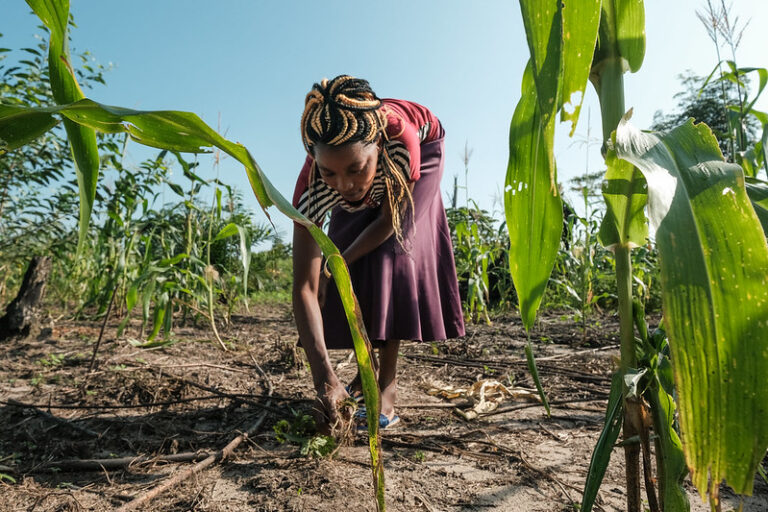By Trésor Daniel Mefire
As the world grapples with the intensifying climate crisis, one truth is becoming increasingly evident: empowering women is not just a matter of justice—it’s a climate solution. A compelling new research paper by Trésor Daniel Mefire sheds light on the transformative role of women in climate action, revealing that when women lead, the planet benefits. But deep-rooted barriers continue to block their path.
“Women’s leadership in climate action yields disproportionately positive outcomes,” Mefire writes. “Yet structural barriers continue to limit their full participation.”
According to the report, women make up a staggering 80% of those displaced by climate disasters. Yet, they are also at the forefront of some of the most effective environmental initiatives globally. From influencing national climate policy to deploying grassroots adaptation strategies, women are emerging as indispensable agents of change.
A study published in Nature Climate Change (Santos et al., 2023) backs this up with data: countries with at least 30% women in parliament saw 12% greater CO₂ reductions than global averages. Similarly, cities with female mayors in the C40 network reduced emissions by 22%, outperforming the 13% average in other major cities.
The private sector echoes these gains. The European Investment Bank’s 2023 analysis found that gender-balanced leadership teams were 1.5 times more likely to invest in renewable energy and 1.3 times more likely to adopt circular economy practices.
Despite this evidence, representation gaps persist. Women comprise 43% of the global agricultural workforce but hold only 24% of climate-related parliamentary seats and lead just 15% of national delegations to international climate talks (UNFCCC, 2022). The mismatch between vulnerability and decision-making power is stark.
In Africa, this contradiction is particularly glaring. Women produce 70% of the continent’s food, yet own just 15% of agricultural land. Still, innovation thrives. In Uganda, over 5,000 women trained in solar-powered irrigation through the Women of Uganda Network (WOUGNET) increased crop yields by 40% while reducing water use by 30%.
Senegalese women’s collectives restored 12,000 hectares of degraded land using agroforestry, sequestering 60,000 tons of CO₂ annually. Meanwhile, Malawi’s Solar Sister program empowered 8,000 women to bring clean energy to over half a million people.
But these success stories play out in the shadow of systemic neglect. “The paradox of African women’s climate leadership lies in its invisibility,” said Dr. Fatima Denton, Director of UNU-INRA. “While women develop locally-adapted solutions daily, their exclusion from financing mechanisms and policy forums prevents scaling.”
Nowhere is this tension clearer than in Cameroon. The country’s 2022 Gender-Responsive Climate Policy mandates 30% women’s participation in all climate projects and allocates 15% of climate funds to women-led initiatives. Organizations like CAMGEW, founded by Sevidzem Ernestine Leikeki, have already combined beekeeping, forest conservation, and women’s economic empowerment to protect 20,000 hectares of forest.
Yet implementation lags. A 2023 survey found that 78% of Cameroonian women farmers cannot access adaptation funds, largely due to lack of land titles—a key eligibility requirement.
Mefire points to three key solutions: enforce gender quotas in climate governance, restructure climate finance through gender-lens investing, and bridge scientific and indigenous knowledge systems. “As climate impacts intensify, the choice is clear: continue marginalizing half the population’s potential, or harness women’s proven capacity to drive effective, inclusive climate solutions,” he concludes.
In a world racing against time, it may be women who hold the key to a more sustainable future—if only the world would let them lead.
Find report for further reading [PDF] Women in climate action
